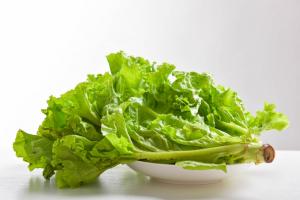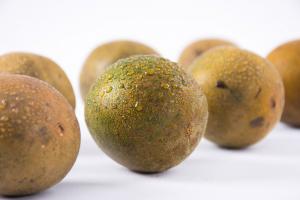1、 How to trim
1. Determine the shape: before trimming, first determine what shape you want to cut. Generally, elms have different shapes, such as straight dry type, inclined dry type, curved dry type, cliff type, jungle type, wind blowing type, stone attached type and so on. After the shape is determined, the plant can be trimmed to achieve the desired effect
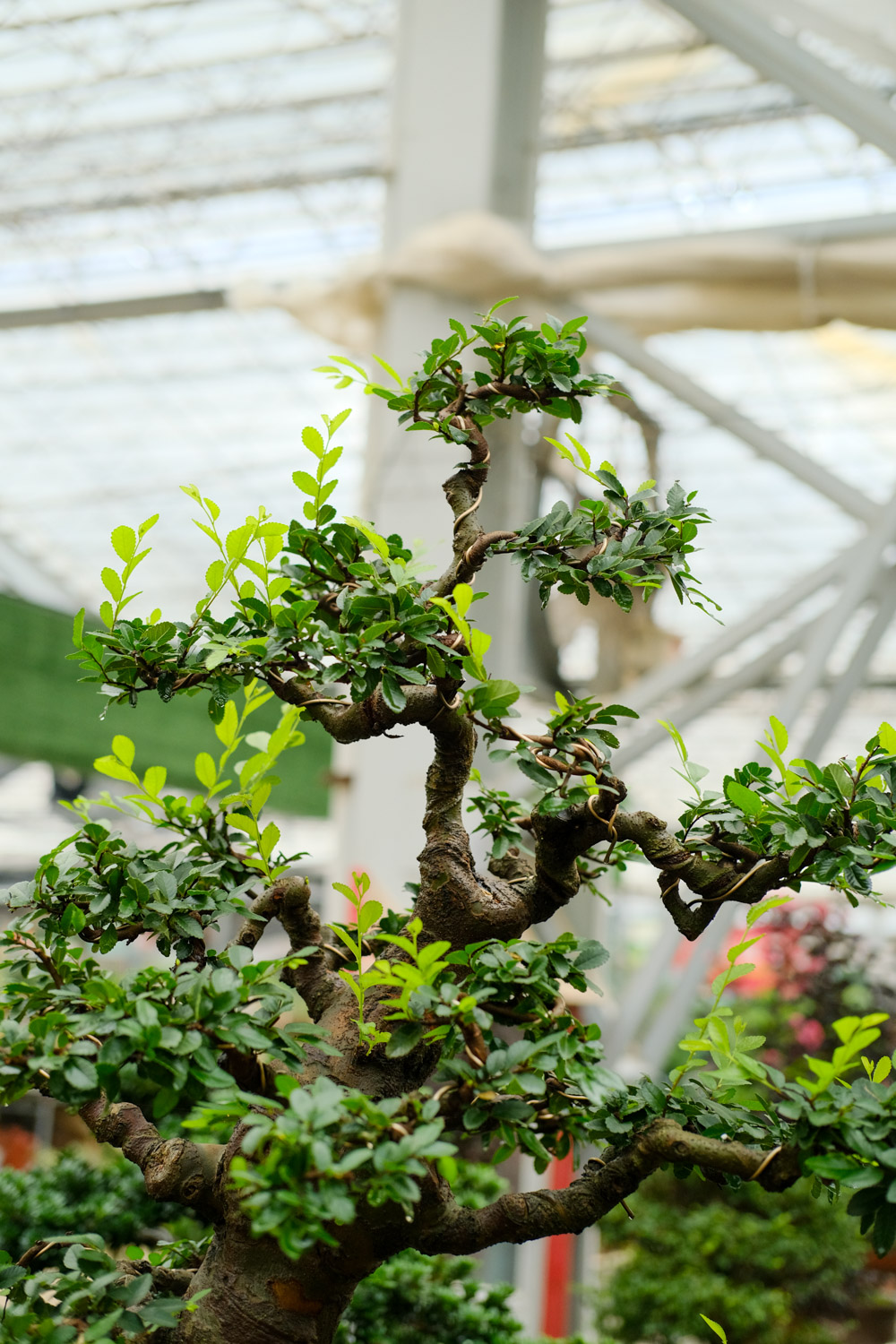
2. Pruning branches: after the shape is determined, don't worry about pruning the shape first. Firstly, the dead branches, diseased branches and weak branches of the plant need to be pruned to avoid affecting the normal growth of the plant. Then cut off useless branches that interfere with tree modeling, such as bare branches, Cross branches, parallel branches, reverse branches, apical branches, radial branches, opposite branches, vertical branches and so on. Finally, trim the plants according to the desired shape. It should be noted that the cut should be smooth to facilitate healing
3. Optimize details: for basically formed plants, optimize details. The sharp branches and leaves shall be pruned or removed by bud picking to avoid the disorder and intersection of elm branches and leaves and affect the ornamental effect
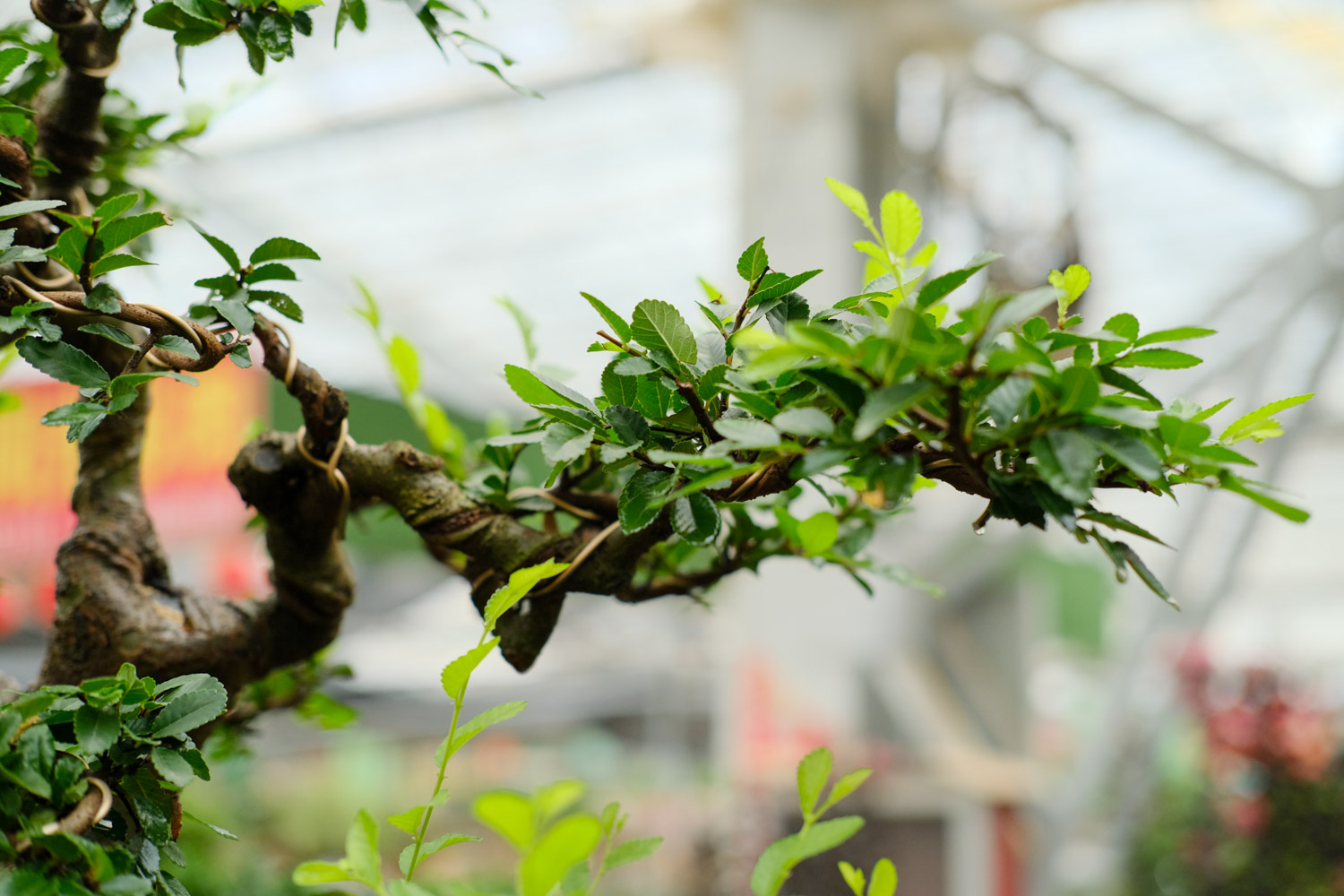
2、 Pruning method of large and small Elms
Elms of the same size are pruned in the same way. Pruning is mainly for beauty, so it is necessary to keep the necessary branches, and cut off the useless branches such as bare branches and reverse branches that affect the shape, so as to maintain the beauty of the plant. Before pruning, the dead branches, diseased branches and weak branches should be cut off to reduce water transpiration and avoid affecting the normal growth of plants. However, the small elm has strong sprouting power, fast growth, and has not been finalized, so it needs to be pruned regularly to maintain the beauty of the tree shape. Large elms can be trimmed regularly
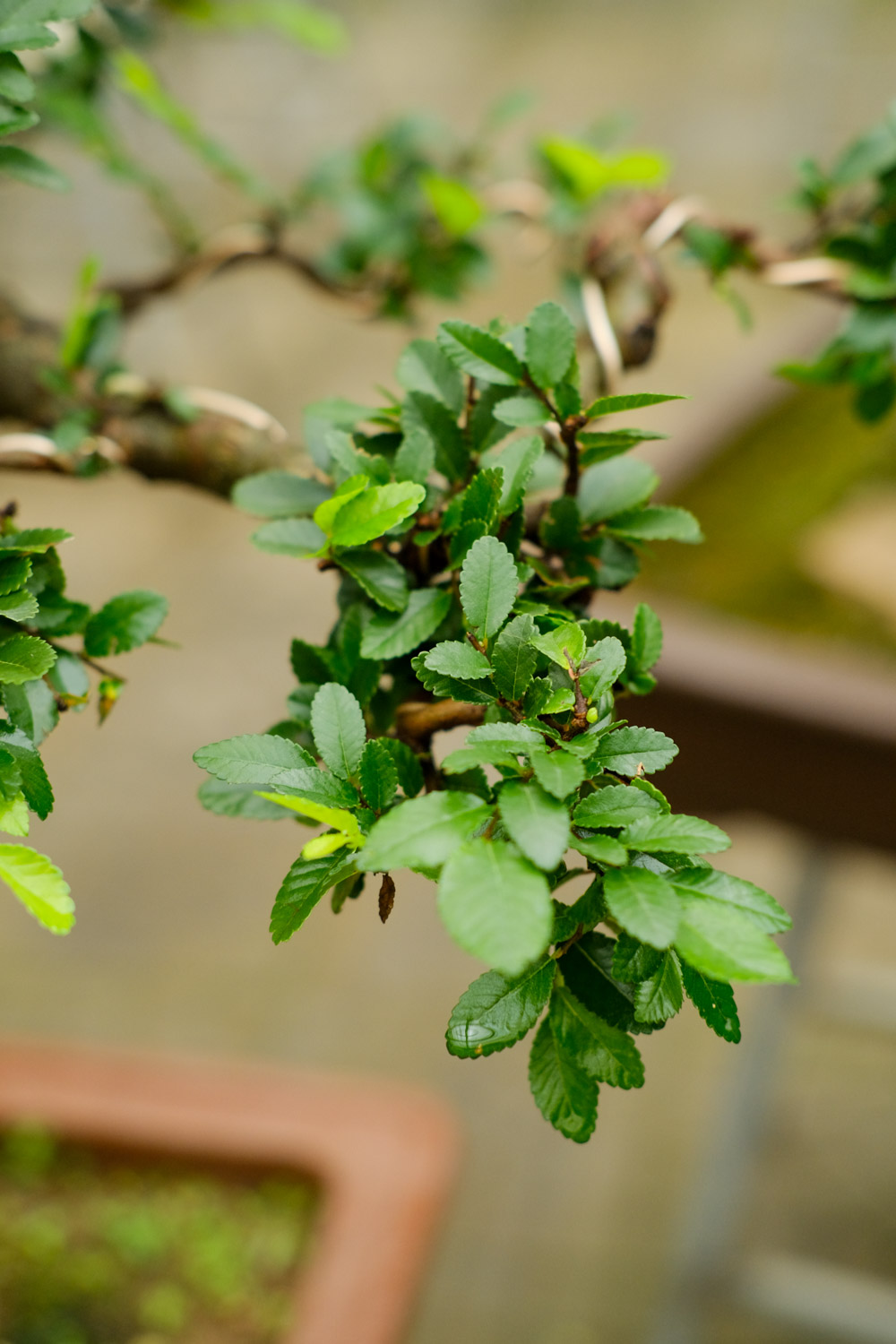

 how many times do yo...
how many times do yo... how many planted tre...
how many planted tre... how many pine trees ...
how many pine trees ... how many pecan trees...
how many pecan trees... how many plants comp...
how many plants comp... how many plants can ...
how many plants can ... how many plants and ...
how many plants and ... how many pepper plan...
how many pepper plan...


